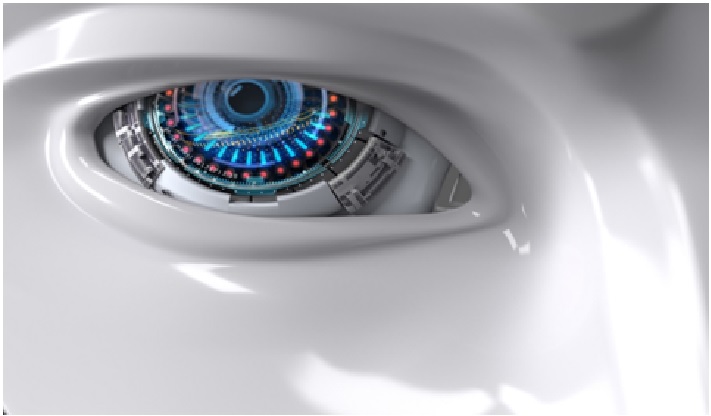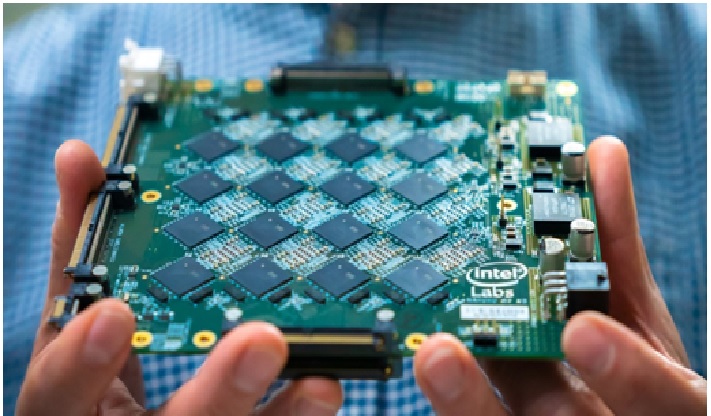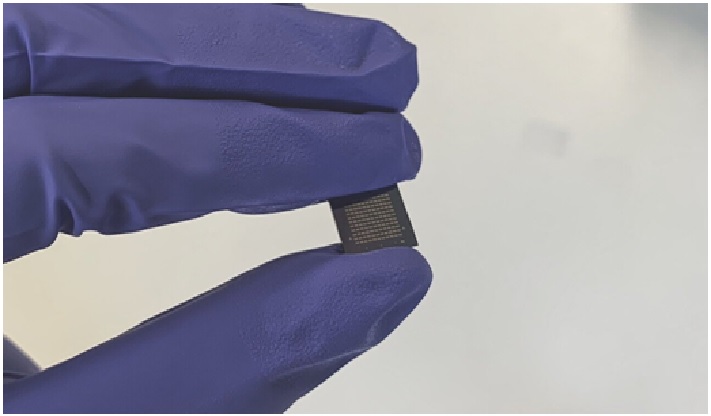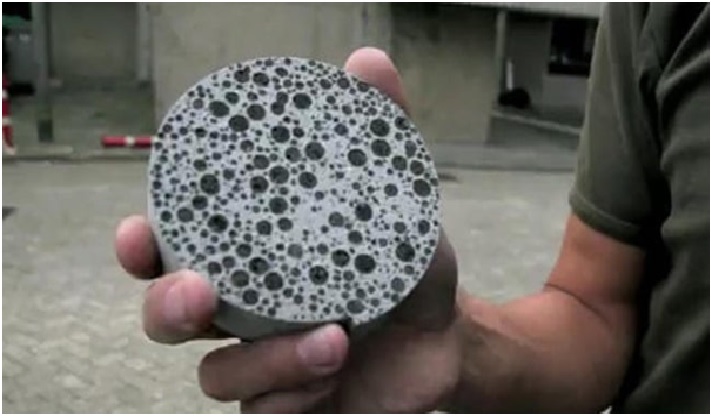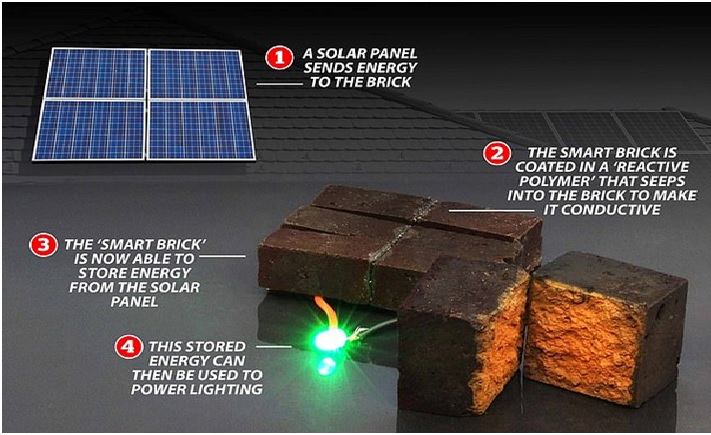Researchers change the game when it comes to activity tracking
The creation of high-resolution extrusion printing – think 3D printing but with ink that conducts electricity – has enabled UBC researchers to explore the potential of wearable human motion devices.
Wearable technology – smartwatches, heart monitors, sleep aid devices, even step counters – have become a part of everyday life. And researchers at UBC Okanagan’s Nanomaterials and Polymer Nanocomposites Laboratory have created even smaller, lighter and highly accurate sensors that can be integrated into clothing and devices. [1]
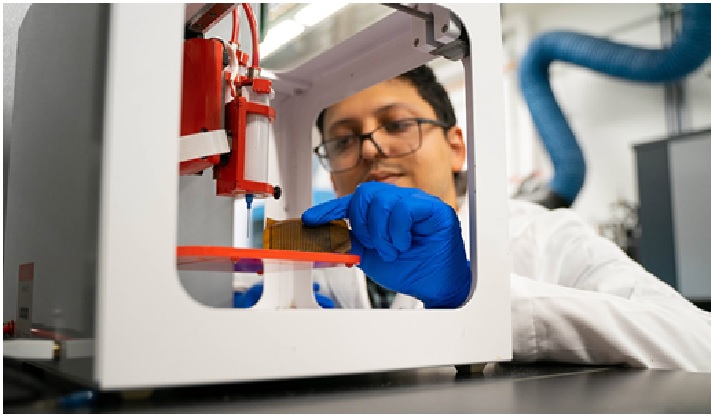
Figure 1. Researchers change the game when it comes to activity tracking
Figure 1 shows in collaboration with Drexel University and the University of Toronto, the UBCO research team is exploring a high-resolution extrusion printing approach to develop tiny devices with dual functionality -- electromagnetic interference (EMI) shields and a body motion sensor.
Using a two-dimensional inorganic nanomaterial called MXene, alongside a conductive polymer, Dr. Arjmand's team has customized a conductive ink with a number of properties that make it easier to adapt into wearable technologies. [2]
Currently, manufacturing technologies of these functional materials are mostly limited to laminated and unsophisticated structures that don’t enable the integration of monitoring technologies, explains doctoral student Ahmadreza Ghaffarkhah.
“These printed structures can be seeded with micro-cracks to develop highly sensitive sensors. Tiny cracks in their structures are used to track small vibrations in their surroundings,” says Ghaffarkhah. “These vibrations can monitor a multitude of human activities, including breathing, facial movements, talking as well as the contraction and relaxation of a muscle.” [3]
By going back to the drawing board, the UBCO researchers were able to address a major challenge encountered by extrusion printing. Previously, the technology didn't allow for high-enough printing resolution, so it was difficult to manufacture highly precise structures.
The researchers continue to investigate additional applications for extrusion printing inks that go beyond EMI shields and wearable electronics. [4]
References:
- https://nationworldnews.com/researchers-change-game-when-it-comes-to-activity-tracking-flexible-highly-sensitive-motion-device-created-by-extrusion-printing/
- https://www.sciencedaily.com/releases/2022/06/220616152501.htm
- https://news.ok.ubc.ca/2022/06/15/ubco-researchers-change-the-game-when-it-comes-to-activity-tracking/
- https://www.eurekalert.org/news-releases/956280
Cite this article:
Thanusri swetha J (2022), Researchers change the game when it comes to activity tracking, AnaTechMaz, pp.169





